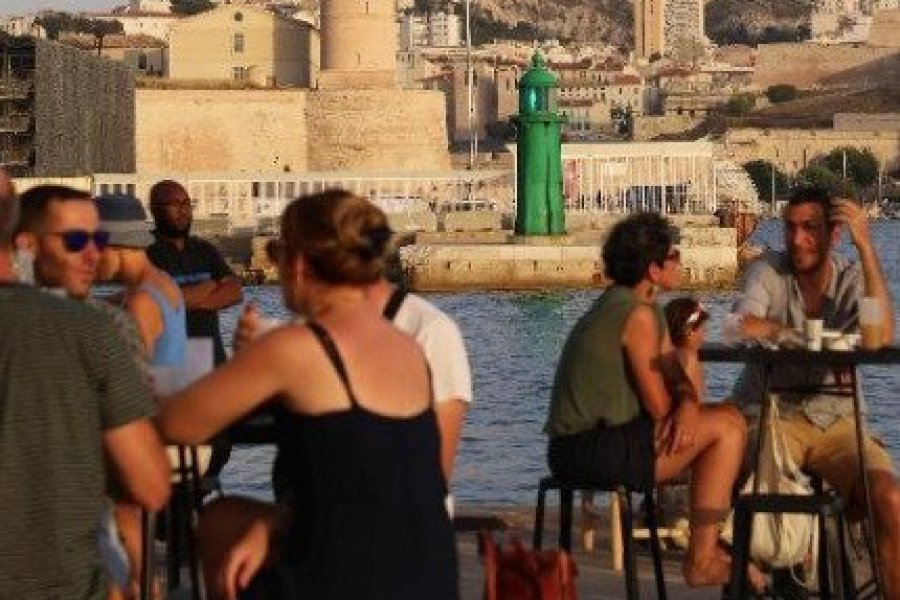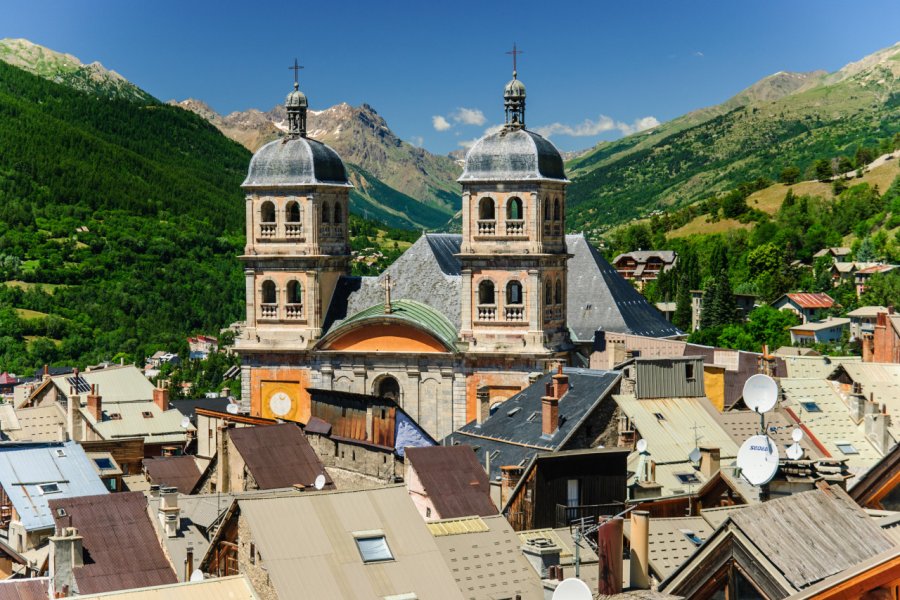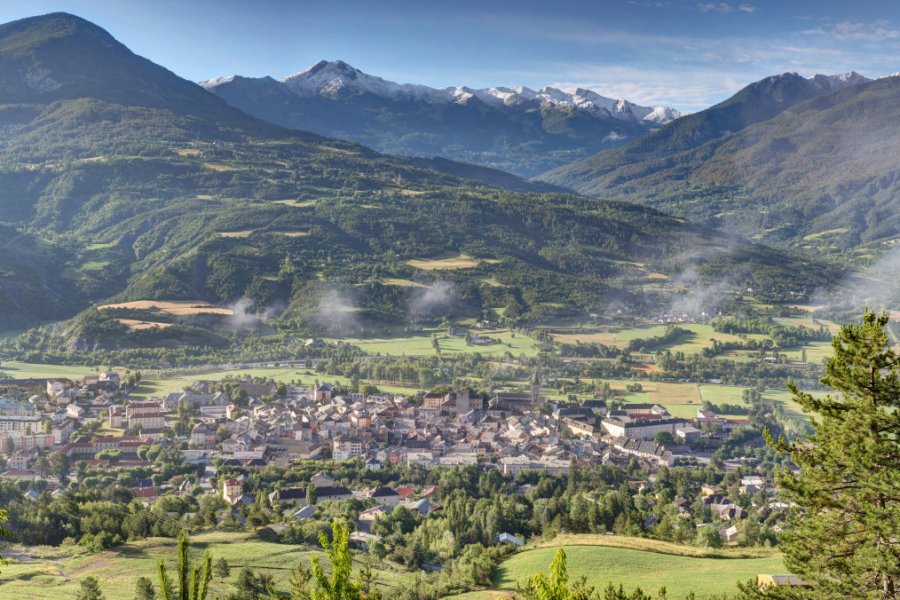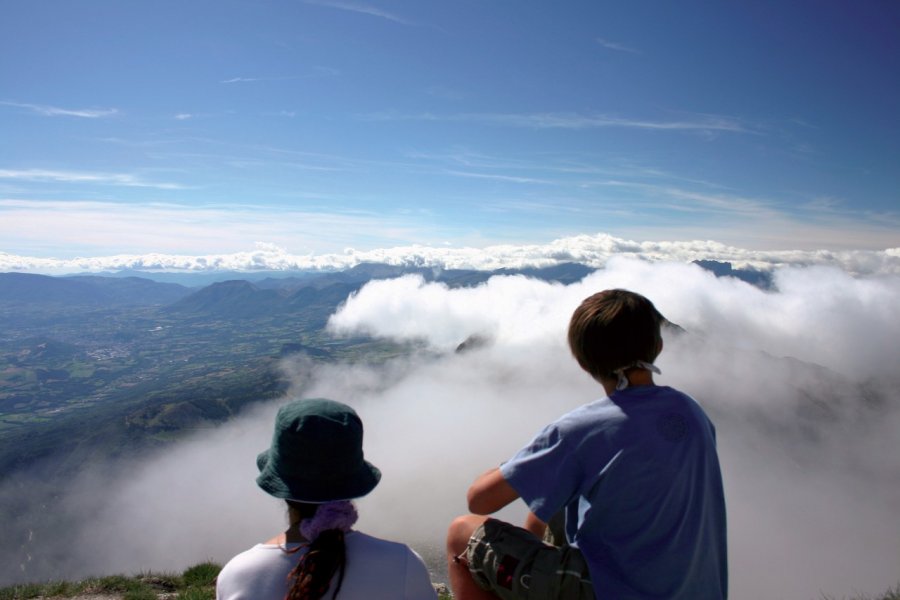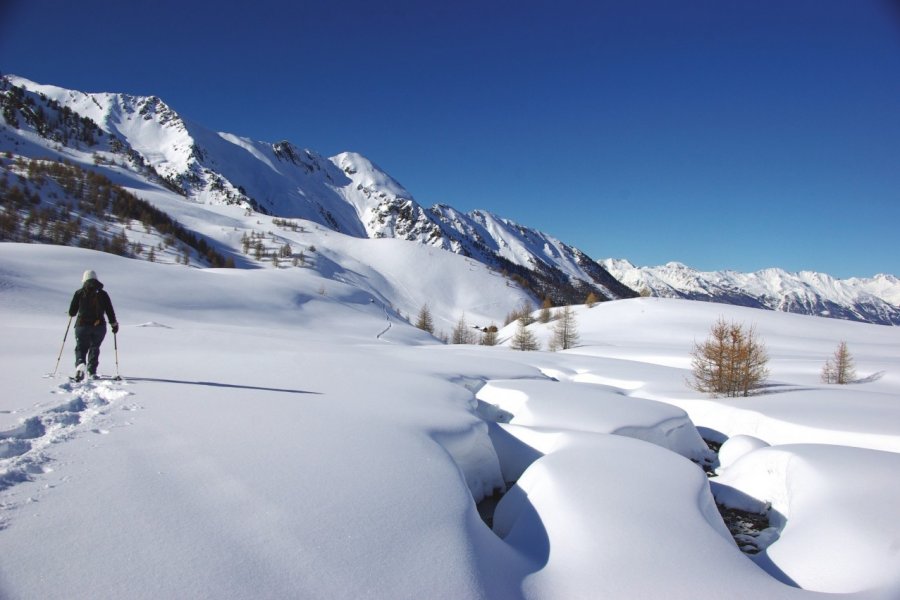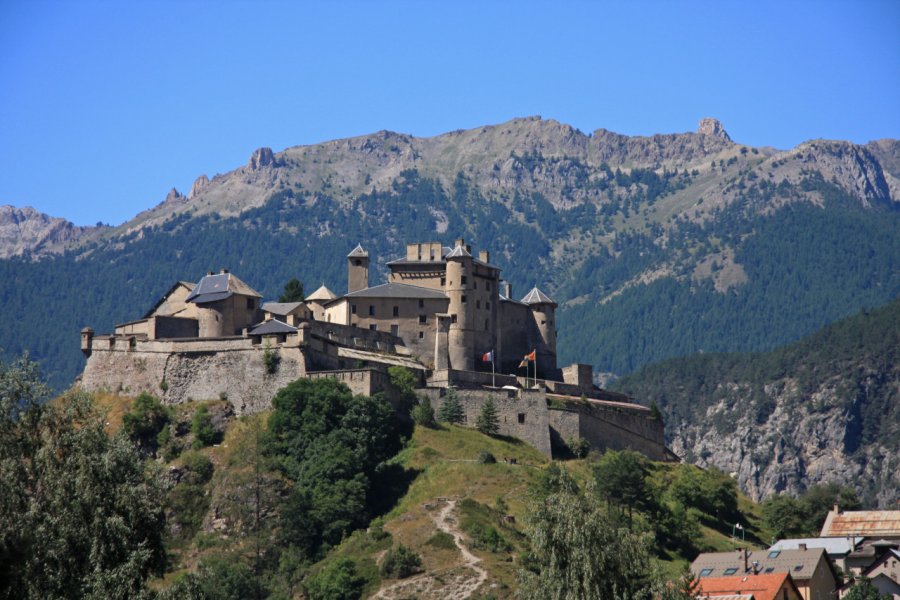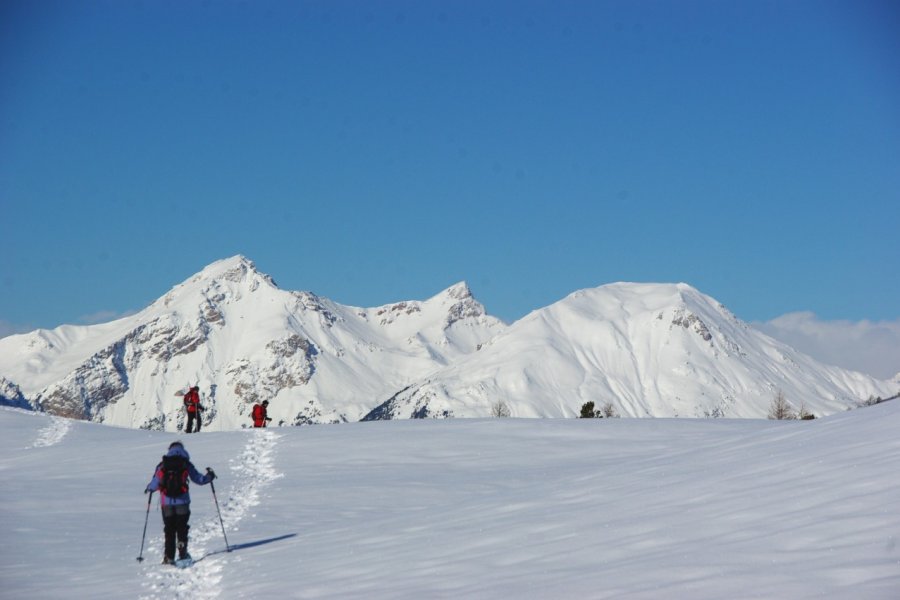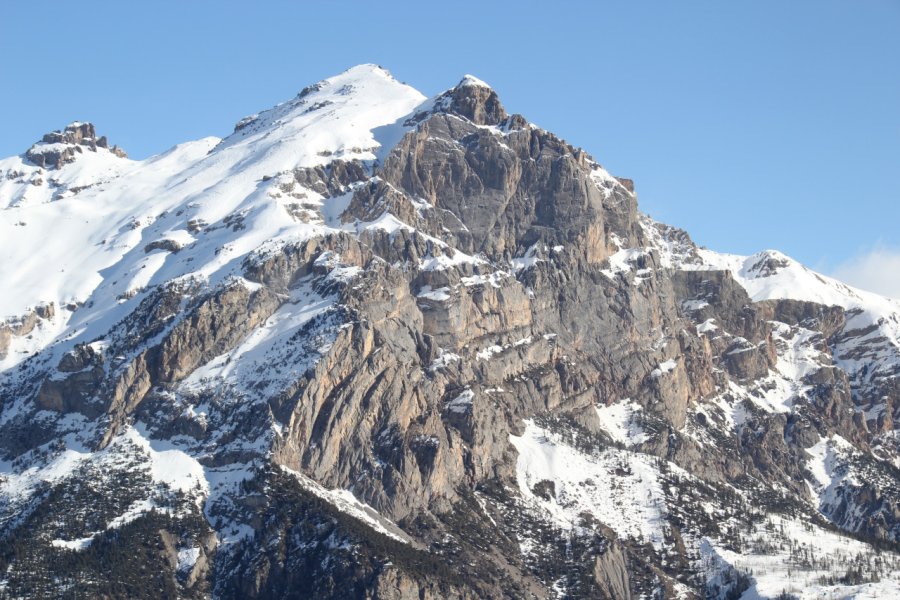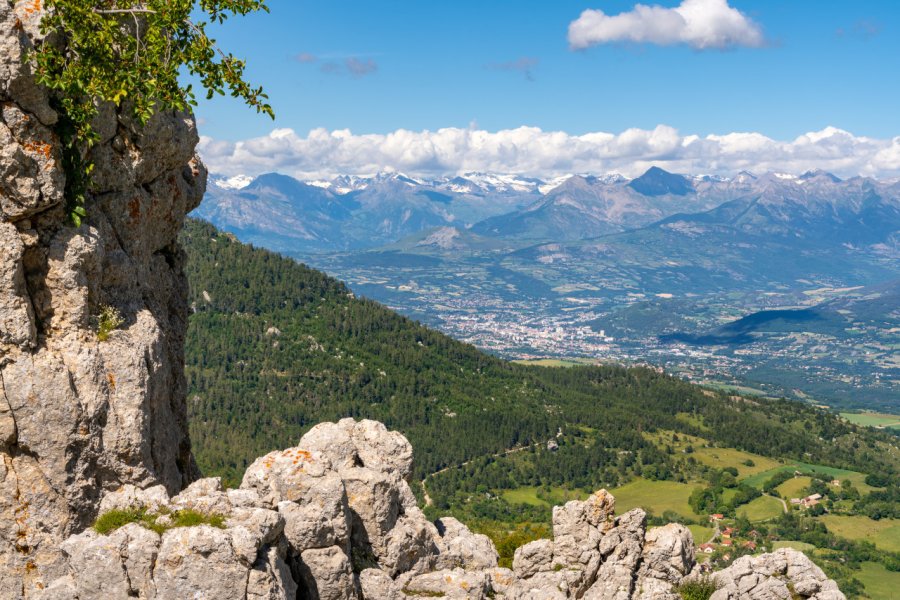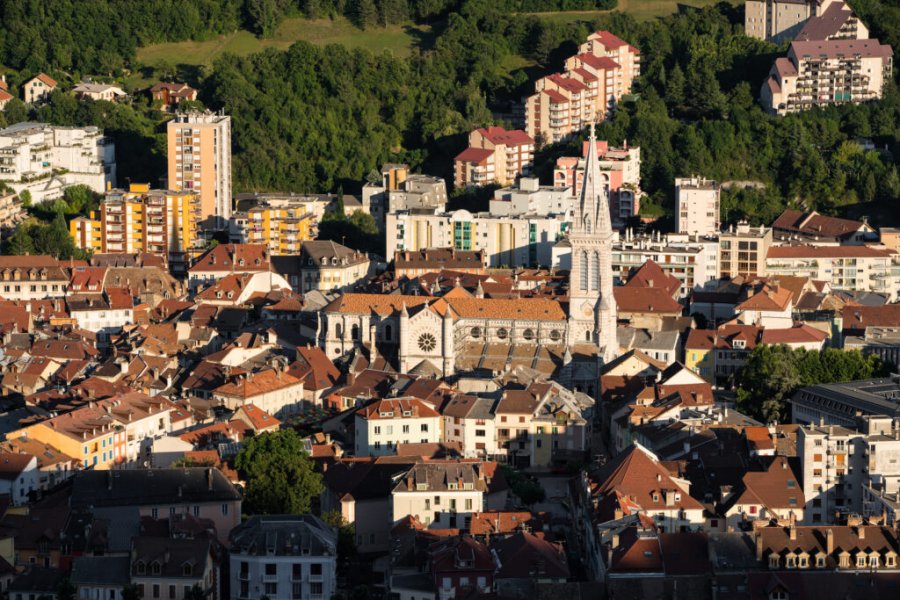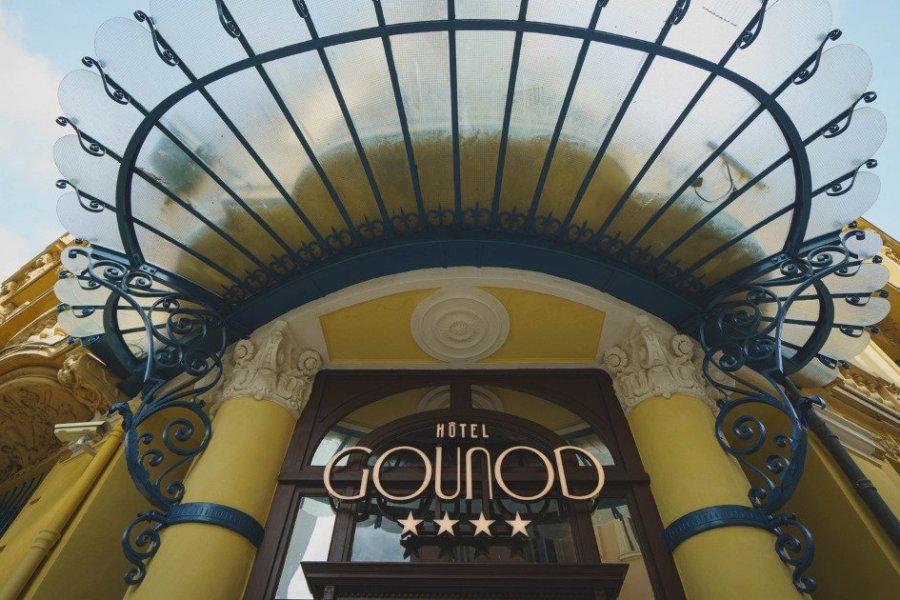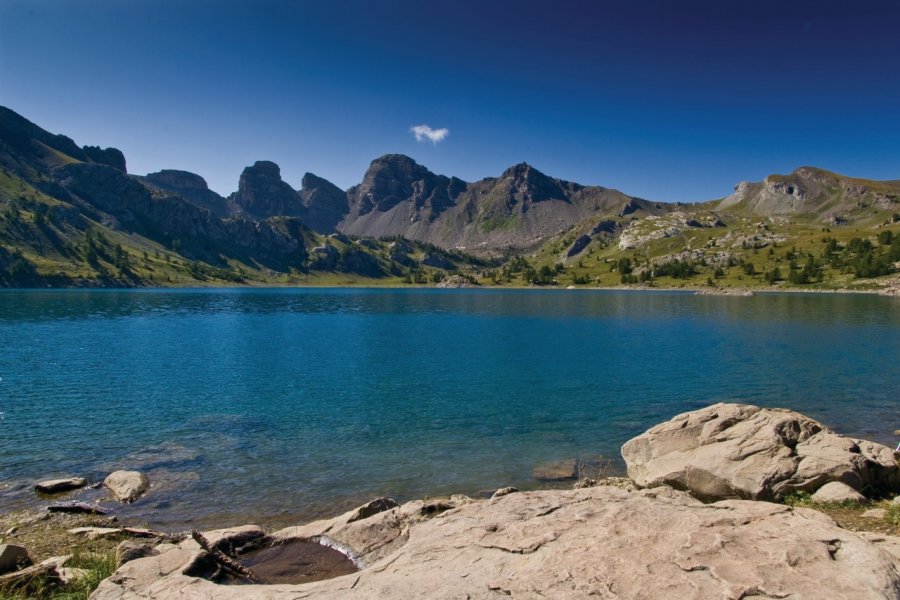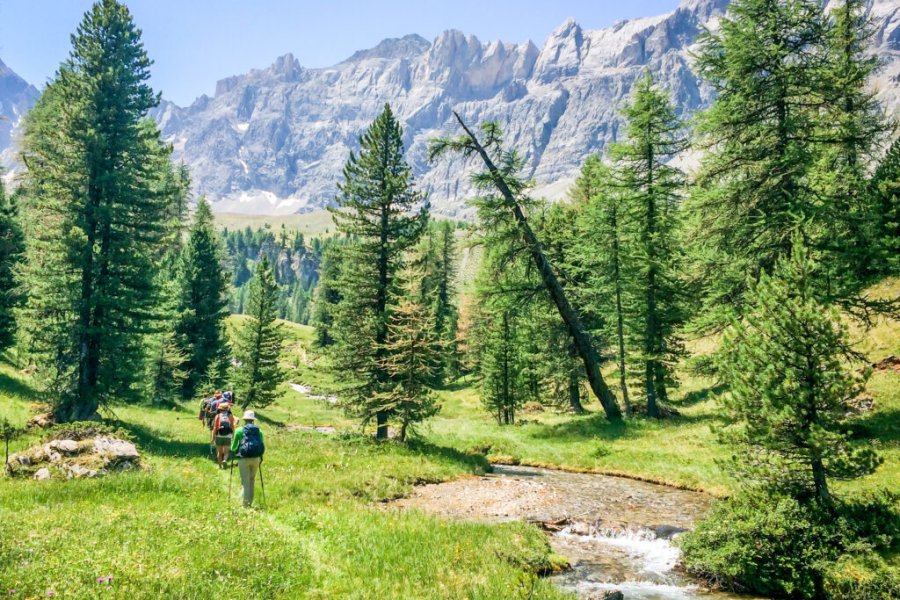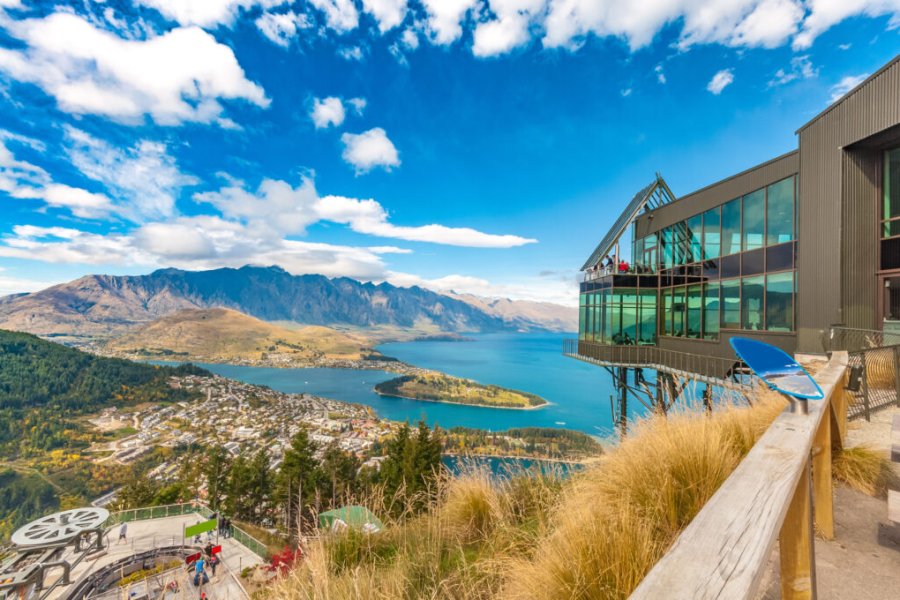Trust its name. The Hautes-Alpes department, located in the Southern Alps, is mountainous. It is the highest in France on average and more than a third of its surface exceeds 2,000 m in altitude! Its prefecture, Gap, is the highest in the country and the beautiful village of Saint-Véran (2,042 m), the highest commune in Europe. It culminates at 4 102 m at the level of the Barre des Écrins, a mythical summit for mountaineers from France and elsewhere. Briançon la belle, perched at 1,326 m, is one of the highest European cities. BorderingItaly, this airy and sumptuous territory has experienced a strong desertification in the last century. Mountain agriculture did not feed its people and the harshness of life at altitude was not compatible with modernity. Today, it is one of the most sparsely populated French departments, which is thriving thanks to tourism by promoting its authentic and preserved alpine environment: winter tourism with downhill skiing and ski touring, summer tourism with mountaineering. The Écrins massif, within a national natural park, is one of the country's alpine jewels, a symbol of crystal clear high mountains. The middle mountains are not left out with the regional natural park of the Baronnies provençales, shared with the Drôme, where you can practice climbing, hang-gliding and hiking. Finally, the presence of the Durance and its tributaries, to which are added the mountain torrents, attract rafting and kayaking enthusiasts. A string of alpine lakes where the peaks are reflected complete this idyllic picture.
